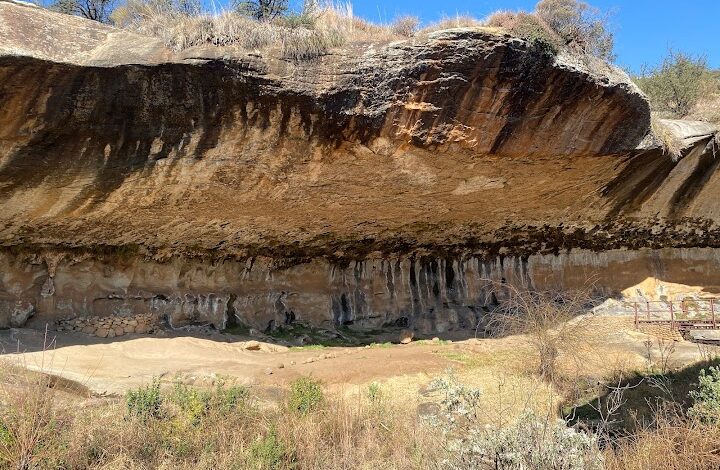Info
20 Things You Should Know About the Liphofung Caves

The Liphofung Caves, located in the picturesque Lesotho Highlands, are not only a geological wonder but also a site of significant cultural and historical importance. Here are 20 key things to know about these fascinating caves.
- Location: The Liphofung Caves are situated near the town of Quthing in Lesotho, approximately 80 kilometers southeast of Maseru, the capital city.
- Geological Formation: The caves are formed within the sandstone cliffs of the Maloti Mountains, resulting from millions of years of erosion and natural processes.
- Rock Art: The caves are famous for their ancient rock art, with over 2,000 petroglyphs depicting animals, humans, and symbols created by the San people, the region’s earliest inhabitants.
- Cultural Significance: The rock art in Liphofung Caves is considered one of the most important cultural heritage sites in Southern Africa, providing insights into the lives and beliefs of the San people.
- Historical Context: Archaeological evidence suggests that the caves have been used by humans for thousands of years, serving as shelter and a site for ritual activities.
- Protected Site: Liphofung Caves is a protected heritage site, recognized by the Lesotho government and UNESCO for its archaeological and cultural significance.
- Accessibility: The caves are accessible by road, with a short hike required to reach the entrance. Visitors should wear comfortable shoes and be prepared for a moderate trek.
- Tourism: The caves are a popular tourist destination, attracting visitors interested in history, archaeology, and nature. Guided tours are available to provide insights into the site’s significance.
- Guided Tours: Local guides are knowledgeable about the caves’ history, rock art, and surrounding flora and fauna, enhancing the visitor experience.
- Biodiversity: The area surrounding the Liphofung Caves is rich in biodiversity, featuring various plant and animal species, including endemic flora.
- Cultural Heritage Center: A visitor center near the caves provides information about the rock art, local culture, and history, helping to contextualize the experience for tourists.
- Preservation Efforts: Conservation efforts are in place to protect the caves and their rock art from damage caused by natural erosion and human activity.
- Photography: The unique rock formations and petroglyphs make the caves an excellent location for photography, capturing the stunning interplay of light and shadow.
- Cave Ecosystem: The caves host unique ecosystems, including bats and various insects, contributing to the area’s ecological diversity.
- Events and Workshops: Occasionally, cultural events and workshops are held at the caves, promoting awareness of the San culture and rock art preservation.
- Surrounding Attractions: The Liphofung Caves are located near other natural attractions, such as the Maloti-Drakensberg Park, making it easy to combine visits.
- Local Communities: The nearby communities often benefit from tourism through employment and the sale of crafts, enhancing the local economy.
- Seasonal Visits: The best time to visit is during the dry months (May to September) when the weather is more favorable for hiking and exploring the area.
- Historical Research: Ongoing archaeological research at the Liphofung Caves continues to reveal new insights into the lives of the San people and their connection to the land.
- Cultural Exchange: Visiting the Liphofung Caves provides an opportunity for cultural exchange, allowing visitors to learn about Basotho traditions and the heritage of the San people.
The Liphofung Caves offer a unique glimpse into the region’s history and culture, making them a must-visit destination for anyone exploring the stunning landscapes of Lesotho. Whether you’re an archaeology enthusiast, a nature lover, or simply seeking adventure, the caves provide a rich experience that connects visitors to the ancient past.
Join 'Lesotho News' WhatsApp Channel
Get breaking Lesotho news — delivered directly to your WhatsApp.
CLICK HERE TO JOIN



